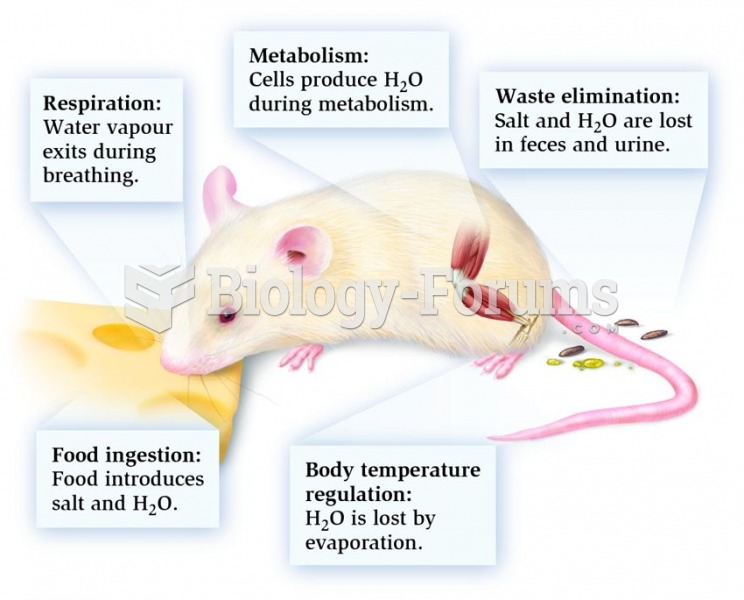Answer to Question 1
T
Answer to Question 2
Examples of plants used for medicinal purposes include Joe-pye weed. This is a tall-growing annual forb that grows in wetlands or poorly drained soils. It contains several compounds including alkaloids. It was used for treatment of kidney and urinary tract problems and as a diuretic.
A second example is milkweed. Milkweed is a perennial that grows in prairies and margins of woods. It has purple flowers that produce pods containing silky seeds. A white milky sap is produced from the vascular system when stems or leaves are broken. Milkweed is used as a diuretic and in the treatment of other urinary tract problems. It also was applied to ringworm, poison ivy, and warts.
A third example is lambs-quarters. Lambs-quarters is an annual that grows to about 2 feet (0.6 meter) tall. It is found in disturbed sites and in crop production fields. Its leaves are consumed as a vegetable and the seed as a grain. The herbage contains oxalates and other chemicals and was used as an anti-inflammatory for burns, headaches, and sore throats.
A fourth example is stinging nettle or itchweed. Stinging nettle is an herbaceous perennial that is most frequently found in damp rich soils and woodland margins. It can be identified by its stinging hairs located on the stems and leaves. These hairs contain acetylcholine, histamine, and other chemicals that can cause a rash and itch. The cooked herbage and tea has been used to reduce internal and external bleeding and the roots as a diuretic.
A fifth example is jewelweed or touch-me-not. Jewelweed is a succulent broadleaf that can grow to a height of 5 feet (1.5 meters). It is found in moist woodland areas. It contains tannins, lawsone (a red-orange pigment), and other compounds. The whole jewelweed plant was crushed and applied on burns, poison ivy rash, sunburn, insect bites, and ringworm.
A sixth example is wild bergamot or bee balm. Wild bergamot is a perennial mint with a square stem and purple-pink flowers born at the top of stems 1 to 3 feet (0.3 to 0.9 meter) tall. It is found in native prairie. Bergamot contains essential oils. Bergamot herbage was used for the treatment of respiratory problems, headache, burns, and insect bites. Extracts of the roots were used to treat constipation and stomach pains.
A seventh example is blue flag. Blue flag is a beautiful native perennial that thrives in wet meadows. Its rhizomes contain oils, resins, and acids. Blue flag is quite toxic to humans, and even touching its sap can cause blistering of the skin. It was used externally by Native Americans to treat sores and wounds because of its antimicrobial properties. The rhizomes were dried and consumed internally for use as a diuretic and a laxative.
An eighth example is water hemlock. Water hemlock is a plant found in wet swampy areas of the Great Plains. It contains a poisonous resin and an alkaloid that is concentrated in the tubers at the base of the stem. Ingestion of a pea-sized piece of the tuber can cause death in humans. The plant has been used to treat convulsions and epilepsy, but extracts were also used as a poison on the tips of arrows.







